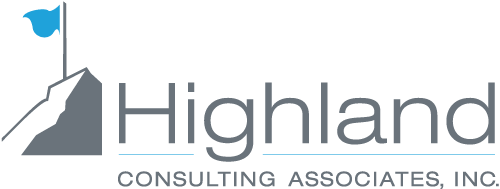The Changing Landscape of 403(b) Plans: Are Your Plans Keeping Pace?

403(b) investment arrangements were simple at their inception in 1958.
403(b) arrangements were originally created to be tax-sheltered, personal investments to supplement pensions of employees in public schools, nonprofits (hospitals, private educational institutions, etc.) and churches. These 403(b) arrangements operated largely outside of the purview of employers, without employer match contributions or required minimal employer involvement. Relationships were typically established directly between employees and retirement investment service providers.
Consequently, most of these arrangements were exempt from ERISA (Employee Retirement Income Security Act of 1974) requirements. Today, an estimated 60% of 403(b) assets are not held in ERISA plans.
Wild Side of the 403(b) Marketplace
Without traditional fiduciary oversight, 403(b) programs in many organizations became unwieldy. Some called the marketplace a free-for-all. Others termed it the “wild West,” where school cafeterias became places where vendors pitched products to educators, nurses and other staff with few or no gatekeepers or quality, suitability standards.
A 2016 study discovered more than 50 service providers and 3,000 investment options were being offered to K-12 school employees in California and Texas. It would take a very astute investor significant time and effort to navigate this wild and wide array of alternatives.
Times are Changing for 403(b)
In 2009, the Internal Revenue Service and the Department of Labor issued new regulations affecting the 403(b) marketplace. The goal was to bring many aspects of this wild, free-for-all to a close.
These new regulations are bringing about change, and the pace of change is accelerating. New requirements are being made of employers and service providers. ERISA fiduciary requirements governing 403(b) plans are looking more like their 401(k) counterparts, requiring more conscientious review and administration by plan sponsors.
The recent spate of class action lawsuits — 12 to date — filed against some of the nation’s more prestigious universities demonstrate this trend of more exacting fiduciary responsibility. These lawsuits allege that fiduciaries breached their fundamental duties by:
- Paying excessive fees for recordkeeping, administration and investments
- Retaining investments that consistently underperformed
- Offering more expensive investments when less expensive options existed
- Failing to fully disclose expenses relating to investments, specifically fixed income accounts
Plaintiffs allege that fiduciaries mismanaged their expenses and ignored their negotiating power. Plaintiffs seek restoration of losses for such breaches, similar to multi-million dollar settlements paid by several for-profit plan sponsors.
Evolving Fiduciary Obligations
Has this trend inspired greater and more active plan oversight? It certainly should. Implications are clear: plan fiduciaries can be held personally liable for such breaches.
Interesting, if not alarming, a Plan Sponsor of America survey found that only 74% of 403(b) sponsors were aware of these evolving fiduciary standards, such as the fiduciary rule requiring advisers to ERISA-governed plans with less than $50 million in assets to serve as fiduciaries. Of smaller plans, only 55% of respondents were aware of the rule. Not knowing these requirements, or not being familiar with fiduciary obligations, is no defense. Errors of omission and passivity are in fact the alleged offenses posed by plaintiffs.
Some Steps to Take
There are several steps that plan sponsors can take to meet their fiduciary duties related to their 403(b) plan, including:
- Identify the plan fiduciaries
- Review regularly and thoroughly the plan structure, fees and investments
- Prepare and implement a written investment policy
- Evaluate plan expenses for reasonableness and value of service provided
- Document decisions to retain or change investments
Any and all of these measures can be more effectively provided with the assistance of an experienced ERISA fiduciary consultant.
Conclusion
Highland Consulting Associates is an independent, fee-only consulting firm that serves as a fiduciary consultant to many ERISA plans.
Since 1993, we have offered in-depth, process-oriented fiduciary services, including the review of:
- 403(b) plan recordkeeping vendors
- Investment funds and options
- Plan expenses
As independent advisers, our counsel is objective and based upon results-oriented due diligence. The result of Highland’s advisory services and analyses is a more effective plan structure, review process and demonstrable compliance with fiduciary standards.
If the pace of change in the 403(b) marketplace is challenging and becoming potentially disconcerting, let’s have a conversation.
We can bring greater clarity and order to the growing complexity of managing your 403(b) plan responsibilities.
sources:



